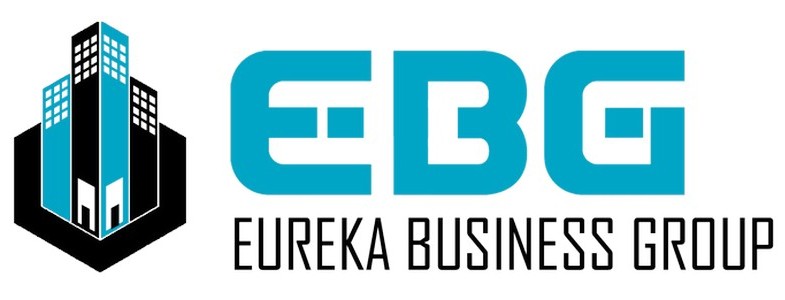- Home
- Commercial Broker Services
- Business Broker Services
- Business Owners Resources
- Retail Leasing Demystified: What New Business Owners Must Know
Retail Leasing Demystified: What New Business Owners Must Know
Entering the retail market as a new business owner can be both exhilarating and daunting. One of the most crucial steps in this journey is securing the right retail lease. The leasing process is intricate and filled with industry-specific jargon that can easily overwhelm those unfamiliar with it. This guide aims to demystify retail leasing, providing you with the essential knowledge needed to navigate this critical aspect of your business successfully.
Understanding Retail Leases
A retail lease is a contractual agreement between a landlord and a tenant, allowing the tenant to use a commercial space for retail purposes in exchange for rent. Unlike residential leases, retail leases are complex and tailored to the specific needs of a retail business, covering aspects such as the duration of the lease, rent structure, property use, and maintenance responsibilities.
Key Components of a Retail Lease
Lease Term: This refers to the duration of the lease. Retail leases typically range from 3 to 10 years. Consider the long-term commitment and ensure it aligns with your business plan. A longer lease can offer stability, while a shorter lease provides flexibility.
Rent Structure: Retail leases can have various rent structures, including:
- Base Rent: A fixed monthly amount.
- Percentage Rent: A base rent plus a percentage of your sales.
- Triple Net (NNN) Lease: Tenants pay base rent plus a share of property taxes, insurance, and maintenance.
Common Area Maintenance (CAM) Fees: These are additional charges for the maintenance of common areas such as parking lots, elevators, and walkways. It’s crucial to understand how these fees are calculated and your share of them.
Use Clause: This clause defines what type of business activities are permitted in the space. Ensure that the use clause allows for all aspects of your business operations and provides flexibility for potential changes in your business model.
Exclusivity Clause: This protects you from direct competition by preventing the landlord from leasing adjacent spaces to similar businesses. This can be vital in maintaining a competitive edge.
Renewal Options: Understand the terms for renewing the lease once the initial term expires. This can include the length of the renewal term and any rent adjustments.
Tenant Improvements (TI): This refers to any modifications or renovations that need to be made to the space to suit your business. Clarify who is responsible for these costs and if there are any allowances provided by the landlord.
Steps to Secure a Retail Lease
Research and Plan: Begin by understanding your business needs and how they translate into space requirements. Consider factors such as location, foot traffic, and proximity to competitors. Research market rates and available properties that meet your criteria.
Engage a Real Estate Agent: A commercial real estate agent specializing in retail properties can provide invaluable assistance. They have market knowledge, negotiation skills, and can help identify potential properties that suit your business needs.
Site Visits and Due Diligence: Visit potential locations and assess their suitability. Consider the physical condition, layout, accessibility, and potential for modifications. Conduct due diligence by reviewing zoning laws, local competition, and demographic trends.
Negotiate Terms: Enter negotiations with a clear understanding of your budget and priorities. Be prepared to negotiate rent, lease terms, and other key provisions. It’s advisable to consult with a real estate attorney to ensure your interests are protected.
Review the Lease Agreement: Carefully review the lease agreement, paying attention to the key components mentioned earlier. Ensure all negotiated terms are accurately reflected in the contract. Seek legal advice if needed.
Sign the Lease and Prepare the Space: Once you’re satisfied with the terms, sign the lease agreement. Plan and execute any necessary tenant improvements to prepare the space for your business operations.
Common Pitfalls and How to Avoid Them
Overlooking Hidden Costs: Be aware of all potential costs beyond the base rent, including CAM fees, utilities, insurance, and maintenance. Ensure you have a comprehensive understanding of your total financial commitment.
Inadequate Use Clause: A restrictive use clause can limit your business operations or future growth. Ensure the clause is broad enough to cover your current and potential future activities.
Ignoring Renewal Options: Neglecting to secure favorable renewal terms can leave you vulnerable to significant rent increases or losing your location at the end of the lease term. Negotiate renewal options early on.
Failing to Document Agreements: Ensure all verbal agreements and understandings are documented in the lease. Relying on verbal assurances can lead to misunderstandings and disputes.
Neglecting Exit Strategies: Consider scenarios where you might need to exit the lease early. Understand the conditions under which you can sublease or assign the lease to another tenant.
Final Thoughts
Securing a retail lease is a significant step for any new business owner. By understanding the key components of a lease, conducting thorough research, and negotiating terms that align with your business goals, you can establish a strong foundation for your retail business. Remember, the lease agreement is not just a legal document but a strategic tool that can influence your business’s success. Approach it with diligence and seek professional advice when needed to ensure your interests are well-protected.



